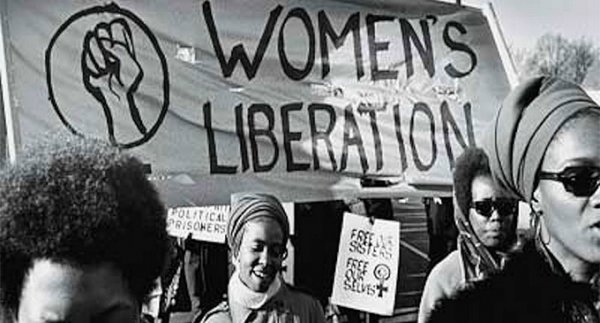14.2.2 The Second Wave: Addressing the “Problem that Has No Name”
Valentin Quintus Nicolescu and Gregory Millard
With the Second World War, women’s economic participation expanded to fill vacancies left by the men who went off to fight. Yet in peacetime, old gender roles in the workplace and the “private sphere” of the home reasserted themselves. In spite of women’s political and economic gains of the first half of the 20th century, patriarchal prejudices, stereotypes and norms remained very much in place, reinforcing hidden power structures that continued to keep women in positions of inferiority. And despite gaining voting rights, women remained marginal players in democratic institutions and governments. In the post-war affluence, women did not have the same opportunities enjoyed by their male counterparts at home, in the labour market, and in the public sphere.
Starting the Second Wave
“More than one hundred years after women first began organizing for equal rights, second-wave feminists caught the media’s attention with a series of spectacular actions. The year 1968 marked a coming to feminist consciousness for many women in Europe and North America. In Atlantic City, protesters demonstrated against a Miss America pageant, unfolding a banner announcing “Women’s Liberation,” and tossing “instruments of torture,” such as girdles, curlers, false eyelashes, high-heeled shoes, Playboy magazines, typing books, and bras into a “freedom” trash can, thereby inspiring the media myth of bra burning. Earlier that year, Toronto feminists had protested against a “winter bikini” contest. May marked a time of violent mass demonstrations of students and workers in France and both a turning point and a new beginning for French feminists. Soon after, German and Italian feminists confronted male chauvinism in radical student organizations and began forming separate women’s groups. In most countries, this was the first time in two generations that women unapologetically declared their feminism.” (LeGate, 2011, p. 327)
The second wave of feminism gathered steam in the 1960s and focused particularly on women’s lived experiences and on their relationships with established formal and informal patriarchal power structures. The rising women’s movement connected civic activism and organization in order to augment women’s voices, mobilize for change, and construct a reliable community of women (the “sisterhood”).

The second wave sought change in several areas, including:
Media Attributions
- Mujeres negras © David Felton is licensed under a CC BY-SA (Attribution ShareAlike) license

